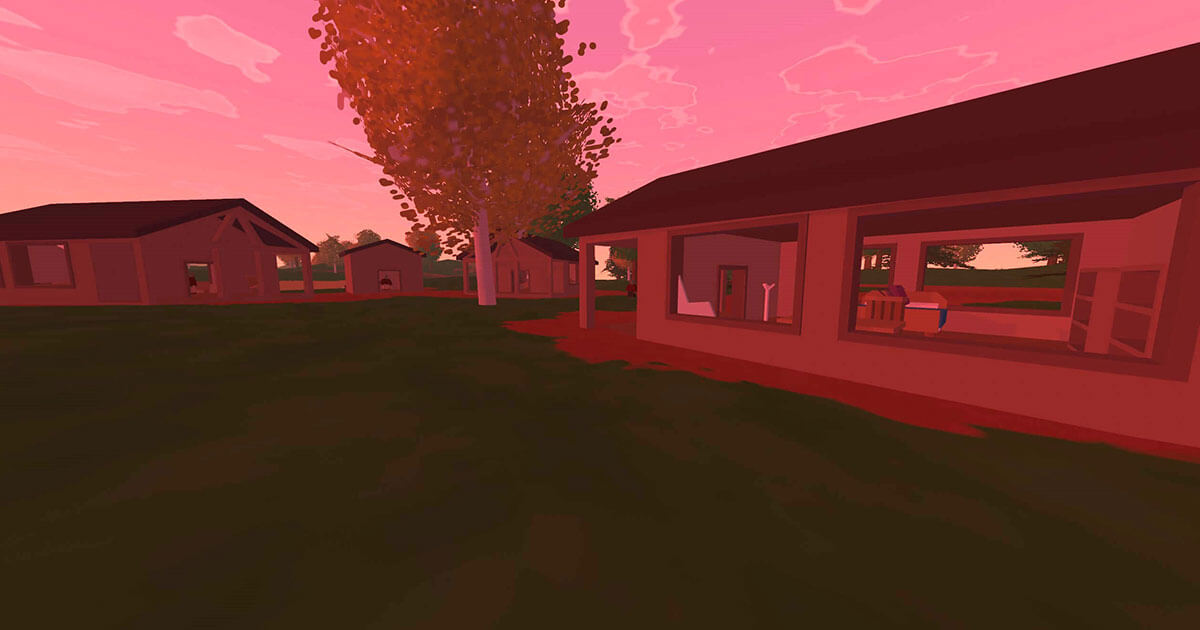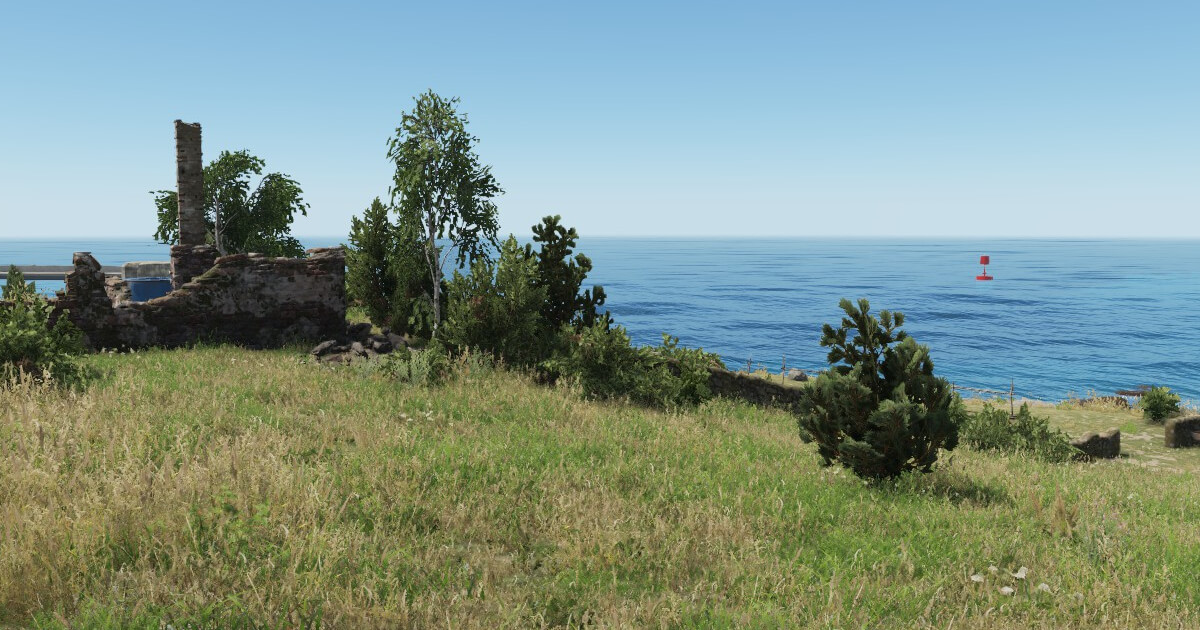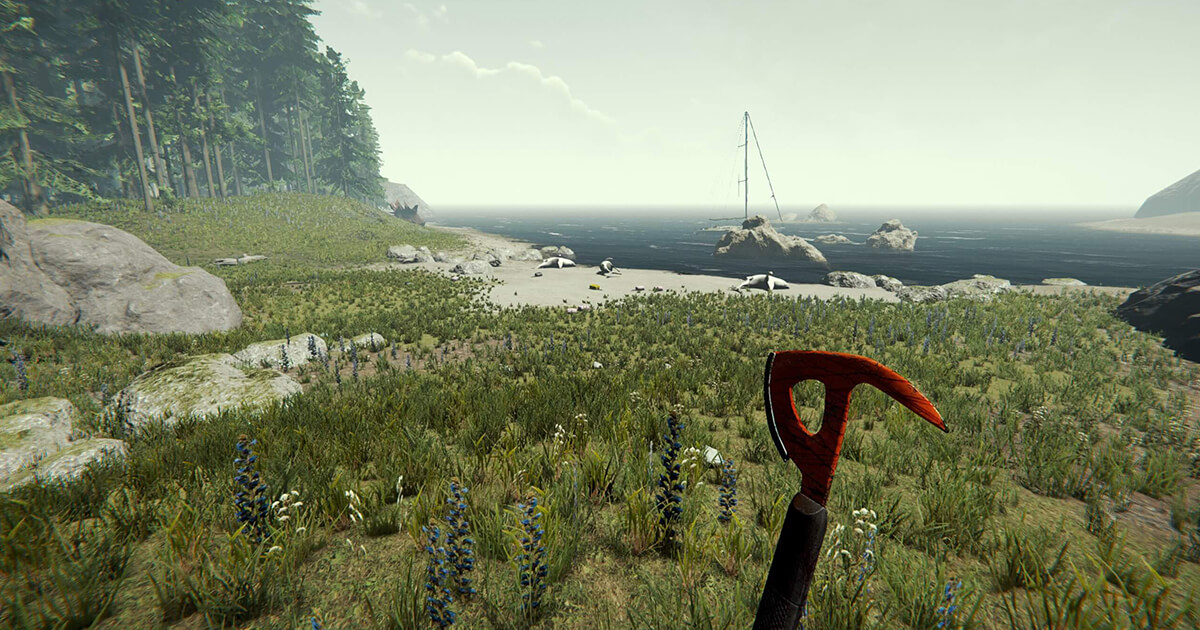How to update your graphics driver (A step-by-step tutorial)
Outdated drivers can lead to a drop in your system’s performance, cause system failures, and increase your system’s risk for cyberattacks. To avoid potential issues with your hardware and software, you should update your graphics driver either manually or automatically. To do this, you can use Windows tools or search manufacturer websites for driver updates.
- Why is it important to have an up-to-date graphics driver?
- What problems occur with old graphics drivers?
- How to automatically update graphics drivers in Windows
- How to update your graphics driver with Windows Device Manager
- How to manually update graphics drivers with NVIDIA
- How to manually update graphics drivers with AMD
- How to diagnose driver issues with Windows Check
Why is it important to have an up-to-date graphics driver?
The performance and security of an operating system is dependent on having an up-to-date graphics driver. However, over time, your drivers may become out of date. This can result in a loss of system performance. Windows will normally ensure that driver updates are carried out automatically. The system regularly downloads the necessary software when carrying out Windows updates. However, if automatic driver updates have been deactivated, you’ll need to manually update your drivers on Windows 10 and 11. Graphics drivers, in particular, should always be up to date.
What problems occur with old graphics drivers?
An incompatible or old driver can impair system performance as well as security. Old drivers can result in warnings and compatibility issues between software and hardware as well as increased vulnerability to malware attacks. On top of this, graphics cards are important for users who rely on high-quality visuals. If your graphics driver is out of date, you may experience low-quality graphics and problems with the display. This is especially true if you are using your computer for gaming.
Other consequences of old drivers include the hard drive not showing up or a complete system failure. Updating your drivers can help to solve display and performance problems as well as the infamous Windows blue screen. If you experience problems with your system, you should check your graphics driver and update it manually if required. It’s important to make sure your graphics driver is updated, because hackers often use old drivers for cyberattacks.
How to automatically update graphics drivers in Windows
Generally speaking, it’s best to let Windows automatically update your drivers. To check whether this option is activated, you can do the following:
Step 1: Use the [Windows] + [i] shortcut to open your settings and go to Devices. On the right side of the screen, click on Devices and Printers.
Step 2: Find your computer and right-click on the symbol. Select Device installation settings. Under automatic driver updates, select the option Yes (recommended).
How to update your graphics driver with Windows Device Manager
Windows will usually keep your software and hardware drivers up to date automatically. However, if you encounter problems with your system, you may need to reinstall or update your graphics driver manually.
Step 1: Open the device manager by typing “device manager” into the Windows search bar and opening the app.
Step 2: In the device manager go to Display adapters and open the drop-down menu. Right-click on your graphics card and choose the option Update driver.
Step 3: You can now ask the system to look for the corresponding driver software or look for previously downloaded software on your computer. If Windows can’t find the corresponding software on your system, you can look for the driver on the website of the graphics card manufacturer.
Alternatively, you can also reinstall the current driver. You can do this by selecting Uninstall and then restarting your PC. Windows will then reinstall the driver software. If it is not automatically installed, you can search for the correct software on the manufacturer’s website.
How to manually update graphics drivers with NVIDIA
In certain circumstances, driver software needs to be installed or updated manually from the manufacturer’s website. Two of the largest manufacturers of graphics cards are NVIDIA and AMD. We’ll use them in the examples below.
Step 1: Open the NVIDIA driver download page. Use the drop-down menu and select your graphics card and operating system to find the correct driver. Click on Search and then Download to download the software.
Step 2: Once the download is complete, click on the downloaded file and follow the installation steps. If Windows displays a warning before installing, choose the option Install this driver software anyway. Once installed, you will need to restart your computer.
How to manually update graphics drivers with AMD
Step 1: Open the AMD driver and support page. Use the menus to find your graphics card. Then click on Submit.
Step 2: Select your operating system from the list and click on Download.
Step 3: Open the downloaded file and follow the instructions.
If you don’t know the exact name of your graphics card, you can use the automatic driver installation tool. To do so, follow these steps:
Step 1: Under Auto-Detect and Install for Window 10/11, click Download now.
Step 2: Click on the installation package and choose Install. The file will now be unpacked. The tool will then start automatically. Accept the licensing agreement by clicking on Accept and install.
Step 3: The AMD tool will now analyze your AMD graphics card and operating system. Depending on your hardware and software settings, the tool will show you available updates for your graphics card. You will also find optional driver packages that are compatible with your graphics cards and offer you optimized features.
How to diagnose driver issues with Windows Check
If you’re uncertain whether you have any problems with your operating system or graphics driver, Windows Check can help you to identify issues your system might have. Use the [Windows] + [R] shortcut and enter the command “perfmon /report”. After approximately 60 seconds, Windows will give you a complete system analysis where you can see any potential issues that your graphics driver has.
If problems in your system are making it difficult for you to use Windows as you normally would, you can use Windows 11 safe mode or Windows 10 safe mode to update your driver.







